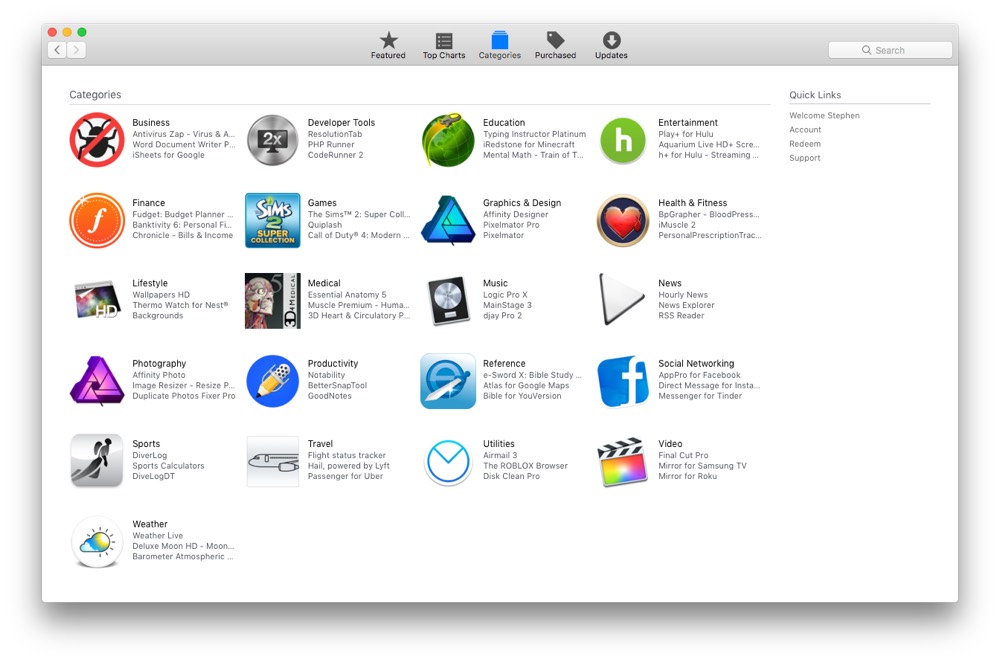


They do differ, however, from those covered by retail "perpetual" licenses, including Office Home & Student 2019 (a $150 one-time purchase) and Office Home & Business 2019 ($250). The applications are not any different from the ones Microsoft offers for download from its website or from a customer's Office 365 web-based control panel. It's unclear whether Apple will scrape its usual 30% off the top of Office 365 in-app purchases - as it does for all app revenue - or if Apple and Microsoft came to a different financial agreement.Įnterprises can also leverage the Mac App Store by using the Apple Business Manager dashboard to distribute the Office 365 applications to employees covered by corporate-grade subscriptions such as Office 365 Business or Office 365 Enterprise E3. If the latter, people have a choice between the $100-per-year Office 365 Home (alternately, $10 per month) and the $70 Office 365 Personal ($7 per month). While the applications can be downloaded - and even run in a reduced functionality mode that bars actions like creating and editing documents, and sending and receiving email - the customer must already subscribe to Office 365 or obtain a subscription through an in-app purchase to unlock their full potential. The Office applications - Excel, Outlook, OneNote, OneDrive, PowerPoint and Word - can be downloaded separately or as a bundled collection from the Mac App Store, Apple's e-market. "We're excited to announce that Office 365 is now available on the newly redesigned Mac App Store," Microsoft executive Jared Spataro wrote in a Jan.
#Apple store word for mac for mac
Microsoft this week for the first time offered its Office for Mac applications in Apple's Mac App Store.


 0 kommentar(er)
0 kommentar(er)
